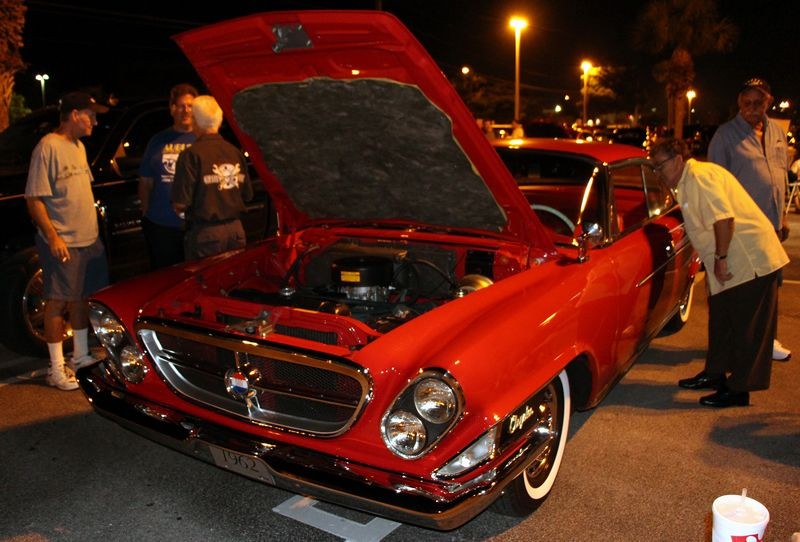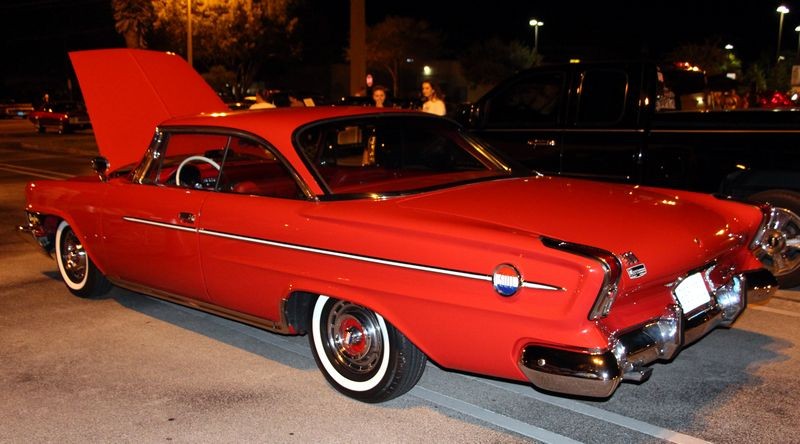Mike Phillips
Active member
- Dec 5, 2022
- 51,004
- 6
How to use the Rupes Bigfoot Polisher - Detailing Class
Here's the pictures from the 1962 Chrysler 300 Sport that we used to teach how to use the Rupes Bigfoot Orbital Polishers as well as the Rupes Paint Polishing System.
First the car... this is a 1962 Chrysler 300 Sport. This belongs to my buddy Luc and the first time I saw this car was at the CarSpa Car Show at night where I took these pictures.




Besides the paint being swirled out with what appears to be holograms from the misuse of a rotary buffer the entire car including glass and trim had clear overspray paint all over it.
This made this car a perfect training car for my detailing boot camp class and also the perfect car for teaching the class how to use the Rupes Paint Polishing System.
Here's the pictures from the 1962 Chrysler 300 Sport that we used to teach how to use the Rupes Bigfoot Orbital Polishers as well as the Rupes Paint Polishing System.
First the car... this is a 1962 Chrysler 300 Sport. This belongs to my buddy Luc and the first time I saw this car was at the CarSpa Car Show at night where I took these pictures.
Besides the paint being swirled out with what appears to be holograms from the misuse of a rotary buffer the entire car including glass and trim had clear overspray paint all over it.
This made this car a perfect training car for my detailing boot camp class and also the perfect car for teaching the class how to use the Rupes Paint Polishing System.